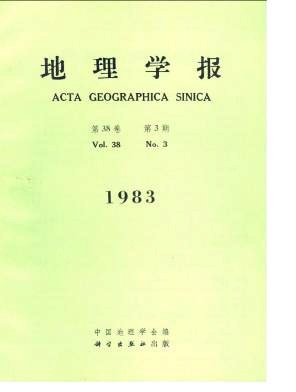Li Wen-yan, Chen Hang
Energy-economic regionalization is a national specific demarcation of territory according to the spatial differentiation on richness of energy resources, economic links between energy production and marketing and energy structure. It is of great significance to planning and organizing the production, transportation,allocation and utilization of energy and rele vant projects for coordination on the development of energy with that of the national economy and promotion of the rational distribution of productive force, because it can avoid many shortcomings caused by assignment of energy development and allocation only through sectorial approaches and system of administrative demarcation.A comprehensive appraisal on regional characteristics about richness of energy resource and conditions of energy development is a prequistie for demarcation of energy-economic regions.Data on theoretical reserves per capita show that the north, northwestern and south-western China are much more abundant in energy than the rest of the country. Mainly situ-ated in these three regions are 16 coal bases, 3 oil bases and 4 hydro-power bases, inclu-ding existing or planned (listed in Tab. 2), which are key pillars of the national economy.Through four steps, i.e. choice of energy bases------demarcation of energy marketing regions------spatial combination------ adjustment of regionalization, China could be dividedinto six first-order energy-economic regions as follows: (1) the northern region, (2) the nor-theastern region, (3) the eastern region, (4) the central region, (5) the southern region, (6) the western region.Most of the administrative units of province and autonomous region would remain intact in certain energy-economic regions, except that Inner-Mongolia, Shandong, Shanxi, Jiangxi, Guangdong and Henan are divided into two or three parts merging into different regions respectively.Every first-order energy-economic region should be endowed with the features of integrated development of energy and rational transport and comsumption of it.A brief description of the energy resource, the energy structure, the prospect of the energy development and its influence on the regional economy and also some suggestions are given for these six first-order energy-economic regions respectively in the paper.Second-order energy-economic regions are demarcated according to two categories, i.e. urban area and rural area respectively. The former falls into 7 types and the latter 6 types.If the above proposed energy-economic regionalization are carried out, the following result could be obtained: (1) richness of energy resource of the northeastern China could be risen a lot; (2) energy flow of the eastern China could be more concentrated and rati-onal; (3) in Central China better coorperation between the coal of the northern region and the hydropower of the southern could be realized; (4) energy provision of Guangdong and Guangxi could be improved with the help from southwestern China.
